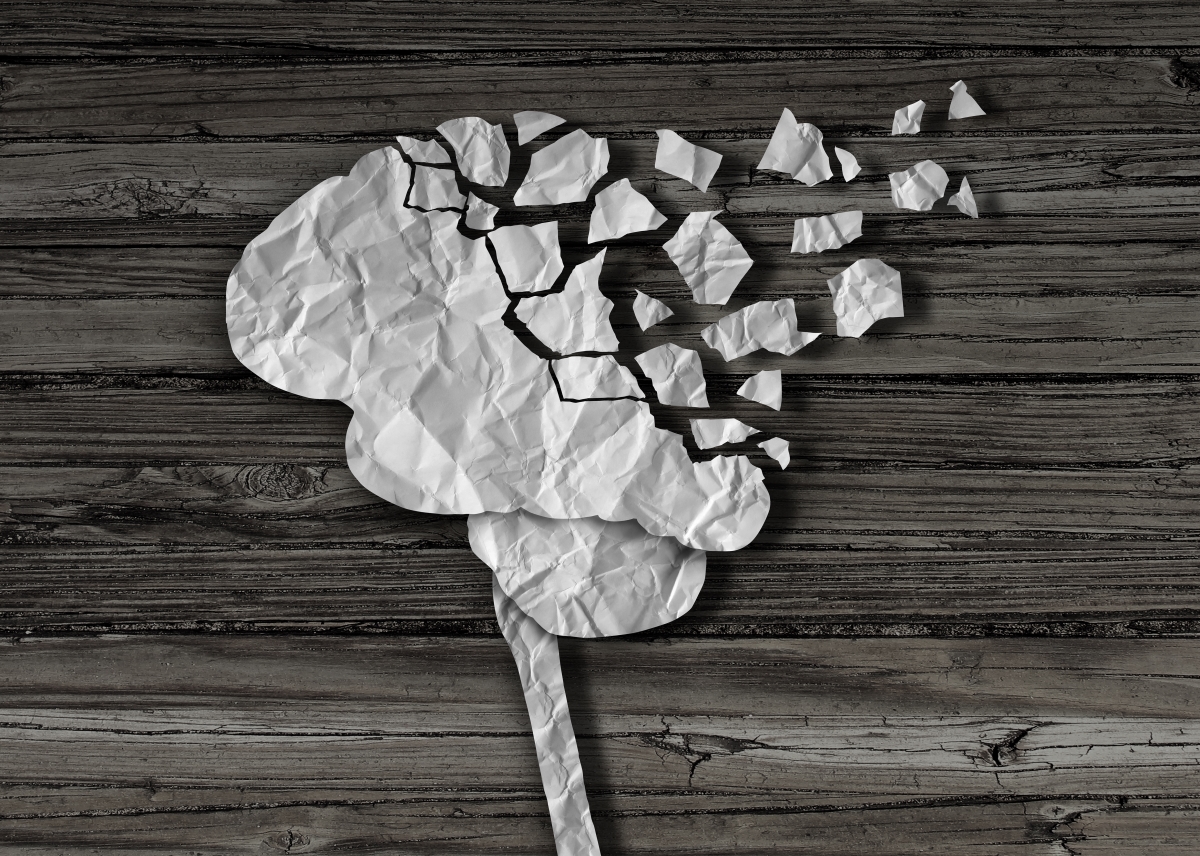Concussion is a hot topic getting a lot of media attention lately. Professional athletes living with concussion symptoms have brought the topic to front page headlines, despite having been a common occurrence for many years. I can remember at least parts of my first concussion experience. Growing up in Kingston, Ontario, a proverbial hotbed of hockey, skating came shortly after walking as a developmental milestone in seemingly every child’s early years.
My dad used to take me to public skating at a local rink where I would race around without a helmet, my blond hair flowing in the cold breeze, imagining I was every young kids’ Hab hero, Guy Lafleur. Inevitably, I would fall and pick myself back up again and restart my momentum build up, moving faster each loop of the rink.
One afternoon I was racing around the rink in the usual form – flailing arms and hair. The next thing I remember was the car ride to the hospital with my dad. “What happened dad?”. “You fell and went head first into the boards, we’re on our way to the hospital”. The concussion symptoms are still quite vivid – headache, dizziness and an overall feeling of nausea.
After a brief assessment at the hospital the diagnosis – concussion. After a course of vomiting and more dizziness the doctor prescribed rest and suggested my parents wake me up every 1- 2 hours during the night to make sure my concussion symptoms weren’t getting worse (potential signs of a subdural bleed or hematoma).
You might also enjoy: My Traumatic Brain Injury Road to Recovery.
Thankfully our understanding of concussion and the deleterious effects has changed since the 1980’s and so has the treatment.I had a handful of similar concussions during my career as a hockey player and the course of treatment was the same – save a Tylenol or three. Concussions then were affectionately referred to as “bell-ringers” and part of the game. Once my concussion symptoms subsided enough to continue to play it was back on the ice.
What is the definition of a concussion?
According to the 2012 Zurich consensus statement, concussion is a brain injury and is defined as a complex pathophysiological process affecting the brain, induced by biomechanical forces. A concussion is a type of traumatic brain injury that does not show up on MRI or CT scan. It is described as a set of symptoms that may or may not involve loss of consciousness with resolution of symptoms typically following a sequential course.
What are the most common concussion symptoms?
Concussion symptoms can include:
- Headache, feeling like a fog, dizziness
- Physical signs such as loss of consciousness or amnesia
- Poor attention or concentration
- Visual disturbances
- Nausea, vomiting
- Emotional disturbances, irritability
- Sleep disturbances
- Fatigue
- Light sensitivity
You might also enjoy: How Vertigo Can Throw Your Whole World for a Loop
Do I have to have a direct blow to the head to get a concussion?
No, a concussion can result from direct or indirect trauma to the head and neck. Direct trauma would be falling and hitting your head on the ground, ice, etc. Indirect trauma can result from forces transmitted to the head and neck – car collision, body check in hockey, whiplash injury.
How long will my concussion symptoms last?
Most concussion symptoms resolve within 1- 4 weeks however there is a small percentage of individuals who can experience prolonged symptoms.
Should I see a doctor if I have any of the concussion symptoms?
Yes, research has shown that a full examination or assessment immediately after your concussion can be effective in preventing the development of persistent symptoms.
At Propel Physiotherapy, we use best practice guidelines for concussion management, treatment of post-concussion related symptoms and return to activity or sport. Our physiotherapists have experience recognizing concussion symptoms and working in conjunction with physicians to set up an appropriate program that can include education and treatment of headaches, dizziness, balance deficits and graduated protocols of returning to sport or regular activity.
Propel Physiotherapy is an industry leader in neurological disorder and brain injury treatment. Contact us to learn more about our concussion management services.
Written by

















